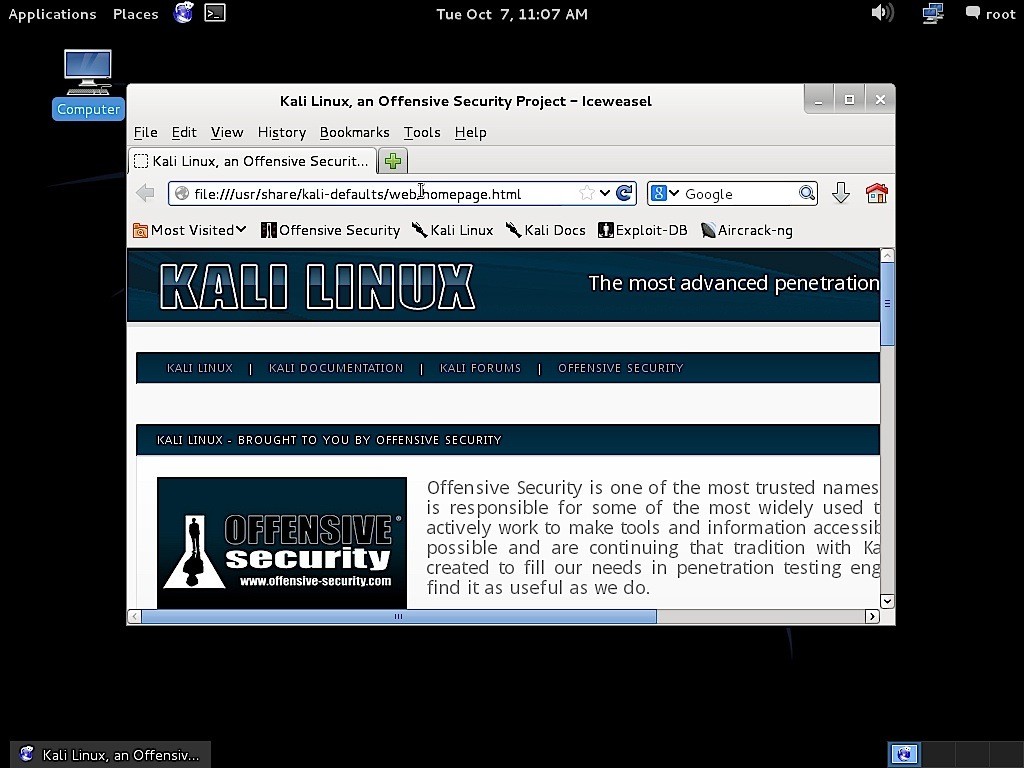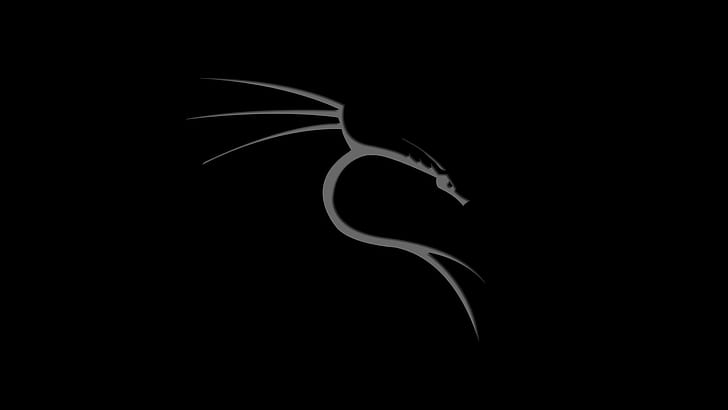
Note that the USB drive will have a path similar to /dev/disk2. If you would prefer to use Etcher, then follow the same directions as a Windows user. Once you’ve downloaded and verified your chosen Kali ISO file, you use dd to copy it over to your USB drive.


MacOS/OS X is based on UNIX, so creating a bootable Kali Linux USB drive in an macOS/OS X environment is similar to doing it on Linux. The specifics of this procedure will vary depending on whether you’re doing it on a Windows, Linux, or macOS/OS X system.Ĭreating a Bootable Kali USB Drive on macOS/OS X (DD) (Systems with a direct SD card slot can use an SD card with similar capacity. If you’re running under macOS/OS X, you can use the dd command, which is pre-installed on those platforms, or use Etcher.A verified copy of the appropriate ISO image of the latest Kali build image for the system you’ll be running it on: see the details on downloading official Kali Linux images.In order to do this, we first need to create a bootable USB drive which has been set up from an ISO image of Kali Linux. It’s potentially persistent - with a bit of extra effort, you can configure your Kali Linux “live” USB drive to have persistent storage, so the data you collect is saved across reboots.It’s customizable - you can roll your own custom Kali Linux ISO image and put it onto a USB drive using the same procedures.It’s portable - you can carry Kali Linux in your pocket and have it running in minutes on an available system.




 0 kommentar(er)
0 kommentar(er)
